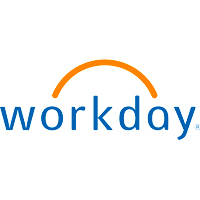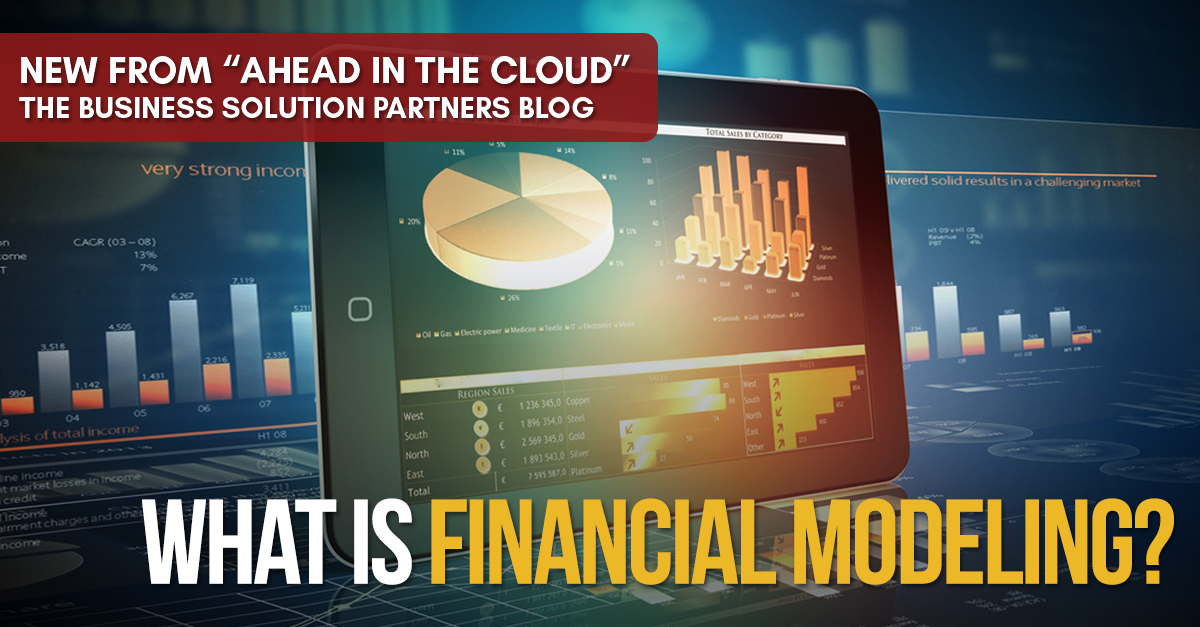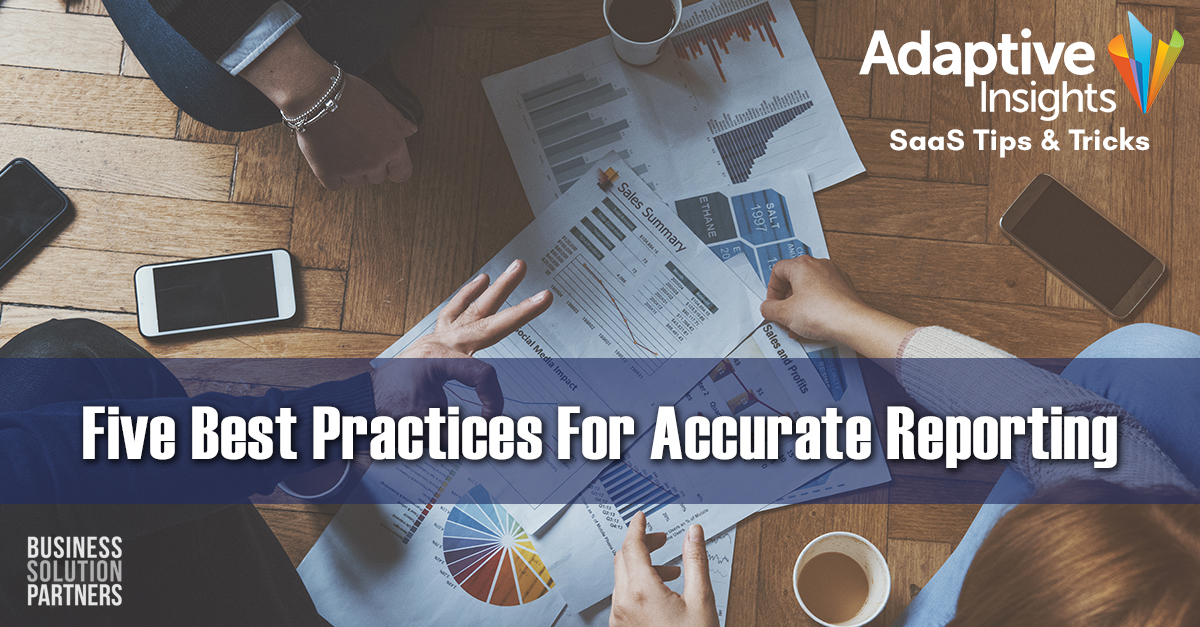What is financial modeling?
Financial modeling is like a superpower—one that lets you test your assumptions and hypotheses across dimensions, versions, and time before executing...
2 min read
 Workday Adaptive Planning
:
Apr 7, 2021 9:00:00 AM
Workday Adaptive Planning
:
Apr 7, 2021 9:00:00 AM

It’s an exciting time to be in finance. FP&A teams are in a unique position to provide strategic guidance to decision-makers, and financial modeling is one way to forge that path. Want to get a seat at the strategy table? It’s time to level up your financial models, tame your data, and extract better insights faster.
Today’s business needs your help. Margins are tighter, markets are unreliable, and the difference between success and failure hinges on the synergy between data and decisions.
FP&A teams need to deliver deeper insights to help the business navigate market fluctuations. To do this, financial models require real-time, accessible data and an automated, accurate way to share key insights across the organization.
This blog examines how to maximize the impact of your models by transforming corporate data into powerful insights.
The good news is that financial modeling has evolved from a back-office exercise to one that has the potential to drive strategic decisions. The challenge is that today’s business environment requires faster and more accurate insights, and ad hoc reporting is the name of the game. When revenue and expense targets are missed, extracting insights on the fly requires easily accessible data as well as an integrated platform that can make sense of your data.
Real-time data gives you insights you can use, both to track revenue and expense and to act as an early warning system when things go awry.
Bringing all of your data into one decision engine enables you to optimize your product and service delivery efforts, manage unforeseen expenses, and anticipate the outcome of tactical decisions. New sales territories? Unwanted attrition? Unplanned equipment breakdowns? Next-gen financial modeling can help you plan for any of these eventualities.
One of the challenges of modern financial modeling is the proliferation of data. It’s everywhere. Without a way to integrate all of your data streams into an easy-to-use platform, you’ll be stuck fielding last-minute requests you can’t answer quickly, managing disconnected, manual spreadsheets, fixing broken links, and burning the midnight oil.
Modern companies require instant, granular visibility into the impact of potential decisions—testing various scenarios (such as adding a salesperson, introducing a new product, or investing in a new manufacturing plant) before writing checks and committing to projected results.
By taking advantage of cloud technology to synthesize your data (whether ERP, CRM, HRIS, or other), your models will perform at the highest level—providing timely information that enables decision-makers to course-correct quickly.
KPIs are great, but without a way to monitor progress efficiently, your information will be outdated before it’s truly useful. If you’re using spreadsheets and legacy systems, trying to keep track of KPIs at any level of detail is a headache. Disconnected spreadsheets, formula errors, and version control issues are so common, you’ll only be able to generate conclusions and recommend course corrections after the fact.
And updated information? Forget about it.
In order to create driver-based revenue and sales forecasts, you need to be able to continuously monitor performance against objectives and bring forecasts forward to stakeholders.
Today’s optimal financial model isn’t just a clearinghouse for data. It’s a decision engine that turns data streams into insights. Regardless of what you’re modeling (capital, travel, workforce), you need to be able to pull one lever and see the impact across your cost centers—all before you’ve signed on the dotted line. In addition, self-service reporting enables managers to enter department-specific notes at the account level or by detailed line item.
Want to level up your financial models, help your company achieve agility, and generate deeper insights faster? Today’s hyper-competitive, ever-changing business environment demands better, more data-driven insights, faster.

Business Solution Partners is a Silver Workday Adaptive Planning Solution Provider Partner offering consultation, implementation, and training personalized for your business. Contact us to learn more about how Workday Adaptive Planning can improve your financial modeling.
This blog was originally published on the Workday Adaptive Planning Blog.

Financial modeling is like a superpower—one that lets you test your assumptions and hypotheses across dimensions, versions, and time before executing...

Are you struggling to create reports that reference the right data from your Corporate Performance Management solution? Perhaps your custom queries...

Does your finance team dread the budgeting process? Are you still using outdated methods that lead to costly errors? The longer you continue using...